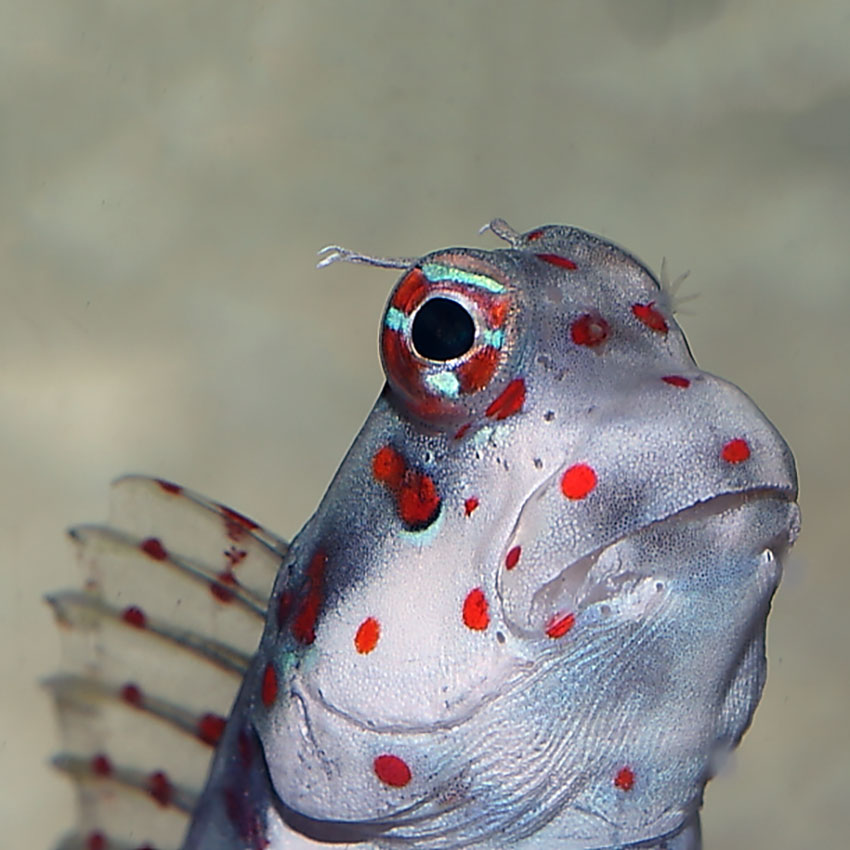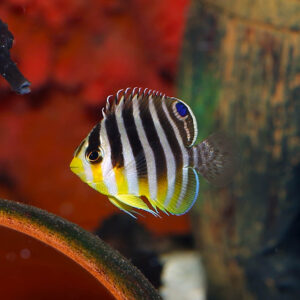Red Spot Flymo Blennies, Blenniella chrysospilos, also go by the name Red Spotted Blenny. They are brilliant fish. thanks to their gorgeous red markings. Blennies are very popular thanks to their charisma and relatively small size. They are ideal for someone looking for personality in their marine tank.
These Blennies are examples of Combtooth blennies. This name refers to the comb-like teeth lining their jaws.
Red Spotted /Red Spot Flymo Blenny, Ecology.
These fish occur in the Indo Pacific, around: East Africa, the Society Islands and the Ryukyu Islands. Red Spot Flymo Blennies live in exposed areas, from intertidal reef flats to seaward reefs. Here they will feed on a range of foods. Such as: small invertebrates, algae and detritus.
Red Spot Flymo Blennies form distinct pairs when breeding. Their eggs are adhesive and attached to the substrate. When the larvae emerge, they drift away and are more often found coastally.
Blenniella chrysospilos in the Aquarium.
It is important to have plenty of nooks or crannies where your blenny can explore and feel at home. Keepers may want to invest in a jump guard to prevent accidents.
Red Spot Flymo Blennies are omnivores so do best when fed a varied diet. They will accept frozen Mysis shrimp and enriched frozen brine shrimp. We enrich all our frozen food with seachem garlic guard and Atvitol vitamins. These are great for keeping fish healthy by providing them with the nutrition otherwise lost in frozen food. In doing so, these additives support their immune system and increase longevity.
They will accept live foods, such as copepods and amphipods, that can be cultivated in attached refugium. Over time they will accept high-quality pellet or flake. We adapt all our Blennies to aquarium life before they leave us. We focus on their health, and most are eating a good quality frozen food or flake, such as JBL Maris, before being offered for sale.
Red Spotted Blennies can live alone. It is possible for some blennies to live along side others as well. Sometimes even in same species groups. Success depends on a fair number of variables. For example, factors to consider include: the species of blenny, tank size, space and cover available. Please give us a call if you want to know more.





Reviews
There are no reviews yet.